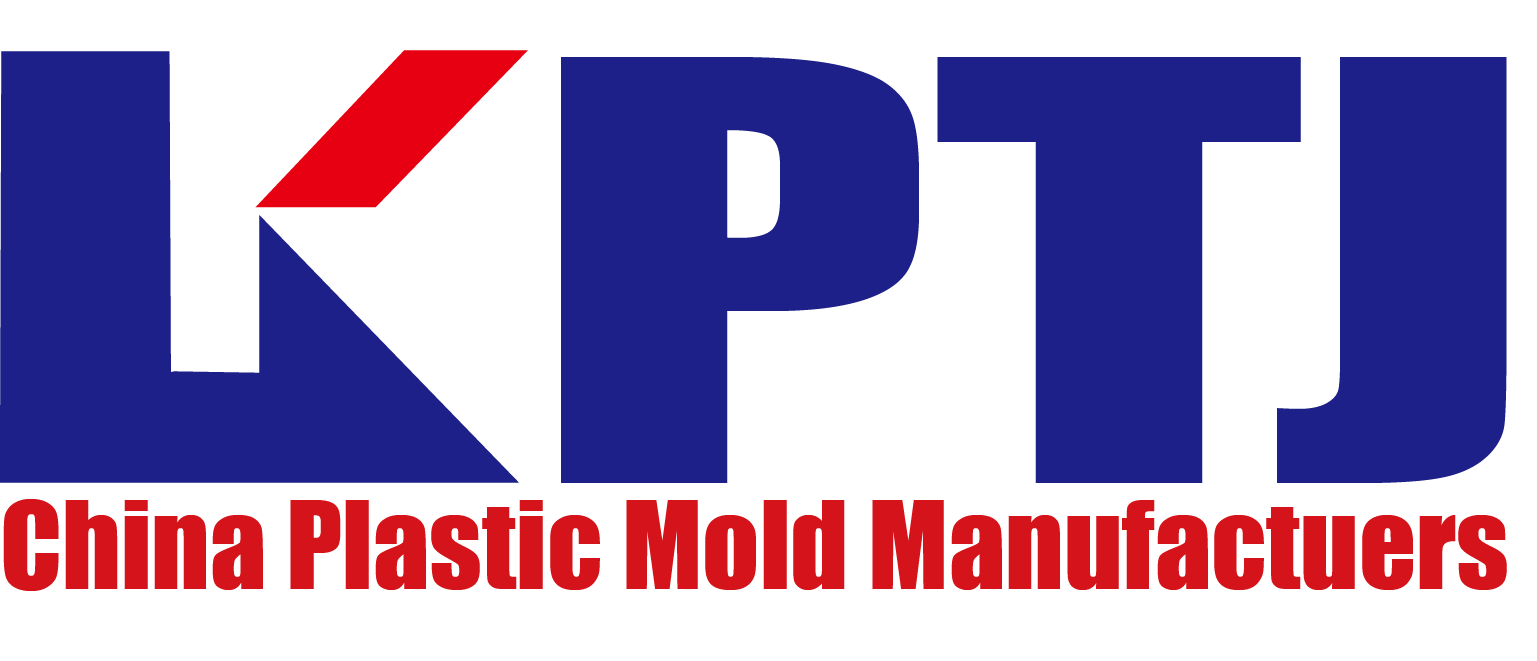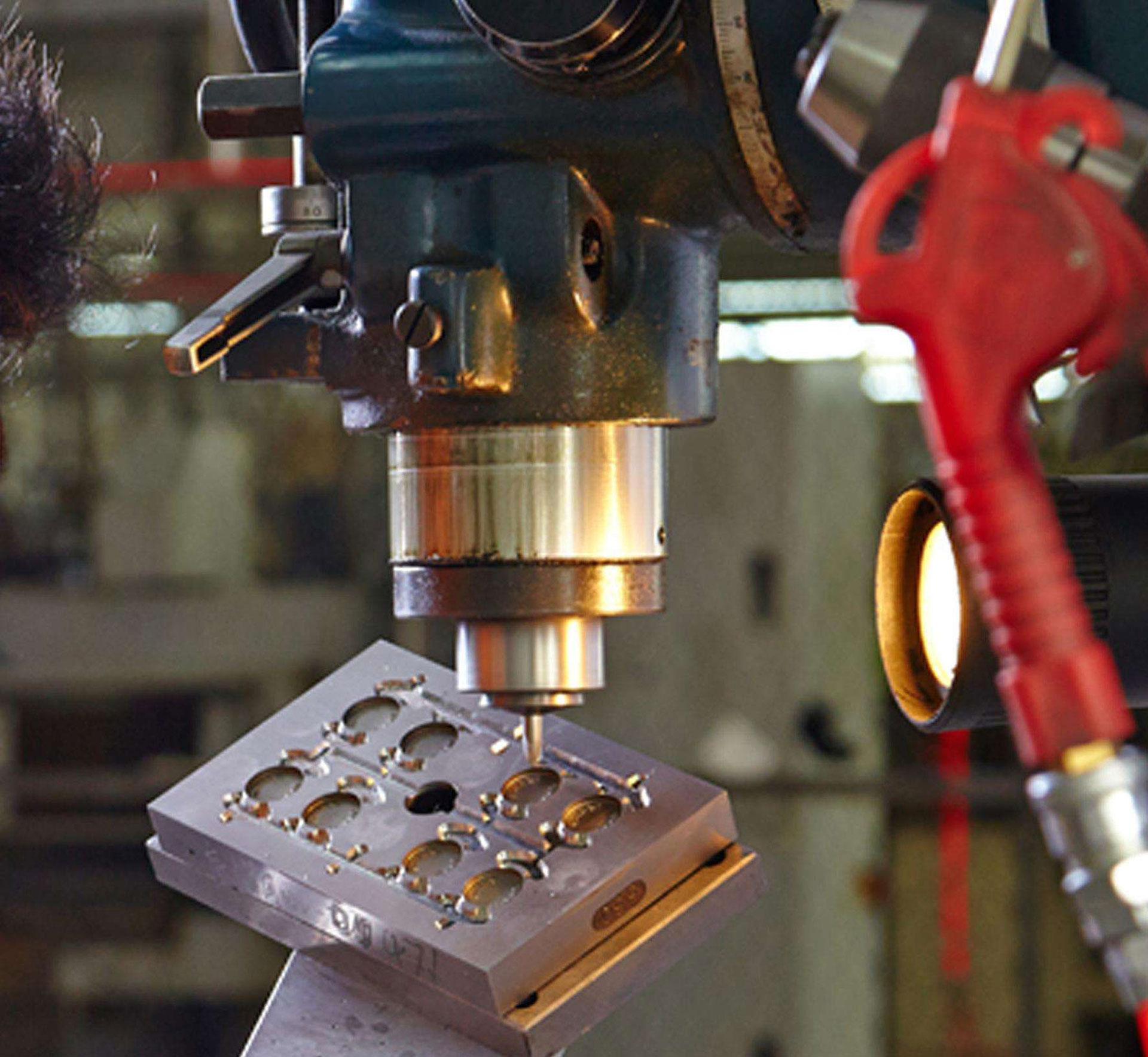Injection mold injection molding, also known as injection molding, is an injection and molding method. The advantages of the injection molding method are fast production speed, high efficiency, operation can be automated, a variety of colors, shapes can be simple to complex, the size can be from large to small, and the product size is accurate, the product is easy to replace, can be complex in shape Parts, injection molding is suitable for mass production and complex shape products and other molding processing fields.
Injection mold injection molding can be divided into: injection molding, extrusion molding, foam molding, blow molding, injection blow molding, extrusion blow molding, stretch blow molding.
1. Injection mold injection molding
Injection molding refers to a model with a certain shape, which is formed by injecting a melted colloid into the cavity by pressure. The process principle is: the solid plastic is melted according to a certain melting point, and injected into the mold at a certain speed through the pressure of the injection machine Inside, the mold is solidified by cooling the water channel to obtain the same product as the designed cavity.
2. Injection mold extrusion
Extrusion molding is a method in which plastic is continuously flowed through a die in a fluid state by heating and pressurizing in an extruder. It is generally used for the molding of plates, pipes, monofilaments, flat wires, films, wires and cables, etc. It has a wide range of uses and high output. Therefore, it is one of the important molding methods in plastic processing.
3. Foaming of injection mold
Foam molding refers to the addition of appropriate foaming agent to the foaming material to produce porous or foam products. Foaming products have a relatively low density, high specific strength, low raw material consumption, and sound insulation and thermal insulation. Foaming materials include PVC, PE and PS. Products are: films, plates, pipes and profiles. Foaming can be divided into chemical foaming and physical foaming.
4. Injection mold blow molding
Blow molding blown (bulled film) molding (or hollow blow molding) refers to a molding method that blows hot thermoplastic parisons or sheets in a closed mold into a hollow product by means of fluid (compressed air) pressure. Plastic containers produced in this way. Such as various bottles, square, round or flat barrels, gasoline tanks, etc. have been widely used, newly developed various industrial parts and daily products, such as double-walled box-shaped products, L-ring large barrels, palletizing boards , Surfboards, seat backs and desks, as well as front baffles, belt covers, instrument panels, air conditioning vents for automobiles, etc., have been applied in practice, and the processed materials range from daily plastics to engineering plastics. development of.
Now the blow molding method has become one of the important molding methods in plastic processing. But the basic steps of the blow molding process are:
- (1) Melted material;
- (2) The molten resin is formed into a tube or parison;
- (3) Sealing the hollow parison blow mold;
- (4) Inflate the in-mold parison;
- (5) Cool blow molding products;
- (6) Remove the product from the mold;
- (7) Trimming.
5. Injection mold injection blow molding
Injection blow molding is a method of blow molding. The plastic is first made into a bottomed parison by injection molding, and then it is moved to a blow mold to be blown into a hollow product. This method can produce packaging containers for daily necessities, cosmetics, medicine, food, etc., but its volume should not exceed 1L. Commonly used plastics include polyethylene, polystyrene and polyvinyl chloride.
6. Extrusion blow molding of injection mold
Extrusion blow molding is also a blow molding method. Unlike injection blow molding, its parison is manufactured by extrusion.
7. Stretch blow molding of injection mold
Stretch blow molding is also a blow molding method, which is to make a parison by extrusion, injection molding, etc., and then heat the parison to the stretching temperature, through the internal (such as mandrel) or external (such as jig) The mechanical force acts to stretch in the longitudinal direction, and at the same time or later, it is inflated by compressed air to perform the transverse stretching.


